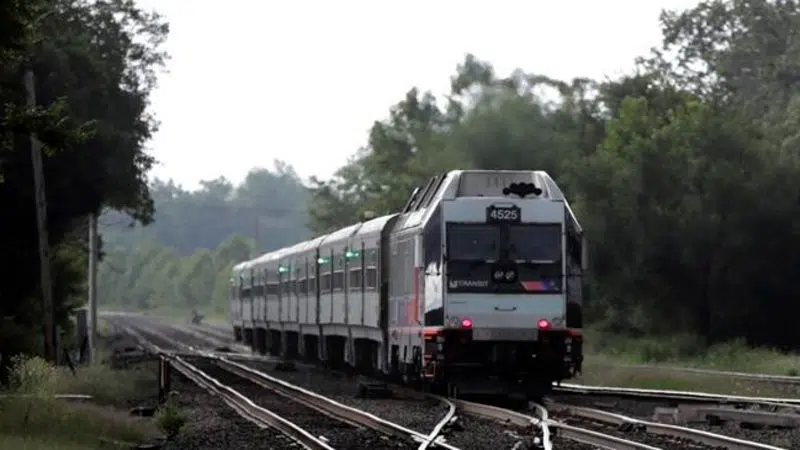
US officials say key rail safety technology 90% complete
WASHINGTON — The railroad industry has installed safety technology on nearly 90% of tracks where it is required, federal officials said Wednesday, but “significant work” is needed to ensure the technology is completely installed by a December 2020 deadline.
Federal Railroad Administration chief Ronald Batory told a Senate committee that technology known as positive train control, or PTC, is in operation on more than 50,000 route miles (80,000 kilometres) of the nearly 58,000 miles (93,000 kilometres) where it is required. The GPS-based technology is intended to prevent deadly crashes by automatically stopping or slowing a train before a collision or derailment.
Congress required in 2008 that railroads adopt PTC and gave them seven years to do the job. When it became clear that wasn’t enough, Congress extended the deadline through 2018 and again through Dec. 31, 2020. No more extensions are expected.
At a hearing Wednesday before the Senate Commerce, Science and Transportation Committee, Batory praised the railroad industry for “its significant progress” toward fully putting PTC systems in place nationwide, despite a series of delays that pushed the current deadline to 12 years after Congress initially adopted the law.


